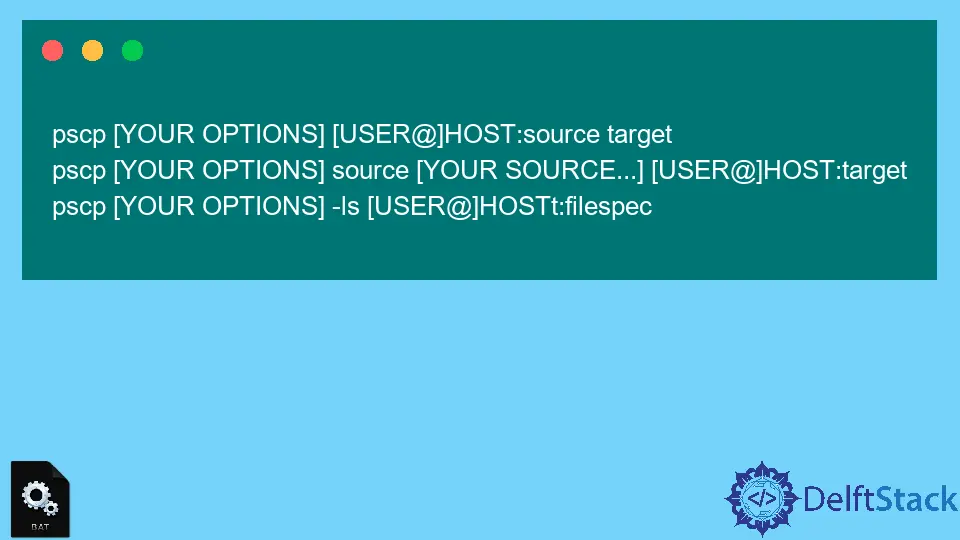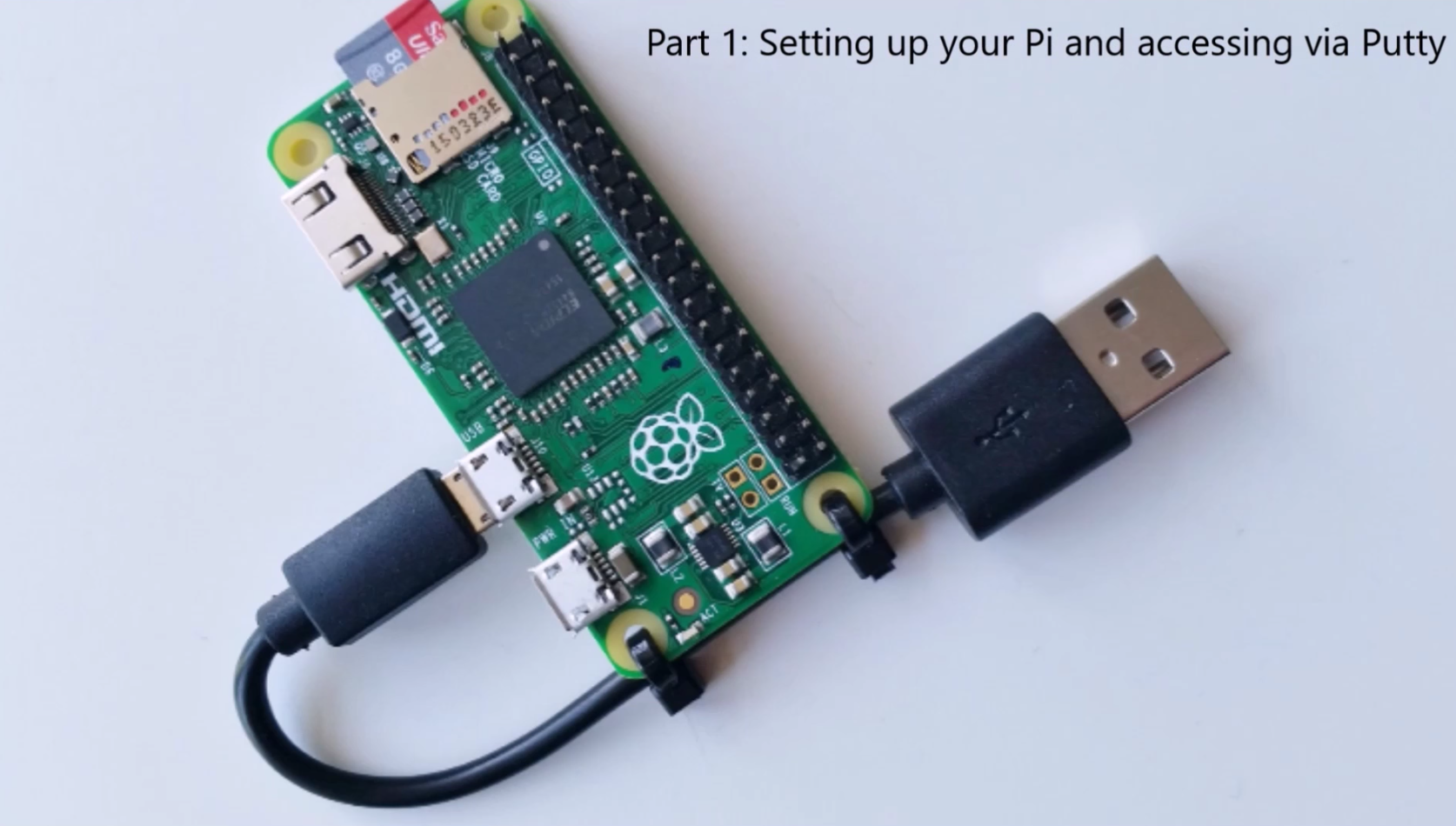Running batch jobs on Raspberry Pi over the internet is an essential skill for developers and tech enthusiasts who want to automate processes remotely. This powerful capability allows users to schedule and execute tasks from anywhere in the world, making it an indispensable tool for modern computing. Whether you're managing servers, processing data, or automating home automation systems, understanding how to set up and manage Raspberry Pi batch jobs over the internet is crucial.
Raspberry Pi has revolutionized the way we approach computing by offering a cost-effective and versatile platform for various applications. By enabling batch job execution over the internet, Raspberry Pi becomes even more powerful, allowing users to leverage its capabilities without being physically present. This article will delve into the intricacies of setting up and managing batch jobs on Raspberry Pi remotely, ensuring you have the knowledge to implement this functionality effectively.
Whether you're a beginner or an experienced developer, this guide will provide you with the necessary tools and techniques to master Raspberry Pi batch job execution over the internet. From setting up the necessary software to troubleshooting common issues, we'll cover everything you need to know to take full advantage of this powerful feature.
- Hdmoviehub 4ucom Your Ultimate Destination For Latest Movies And Entertainment
- Pr Moviescom Download Your Ultimate Guide To Movie Downloads
Understanding Raspberry Pi and Its Capabilities
Raspberry Pi is a single-board computer designed to promote the teaching of basic computer science in schools and developing countries. Despite its small size, Raspberry Pi is incredibly powerful and versatile, capable of performing a wide range of tasks. One of its standout features is the ability to run batch jobs over the internet, which opens up a world of possibilities for automation and remote management.
Key Features of Raspberry Pi
- Compact size and low power consumption
- Support for multiple operating systems, including Linux-based distributions
- Extensive community support and a vast array of tutorials and resources
- Compatibility with a wide range of hardware and software
These features make Raspberry Pi an ideal platform for running batch jobs over the internet. Its ability to integrate with various tools and services ensures that users can automate tasks efficiently and effectively.
Setting Up Raspberry Pi for Batch Job Execution
Before you can run batch jobs on Raspberry Pi over the internet, you need to ensure that your device is properly set up. This involves installing the necessary software, configuring network settings, and securing your device to prevent unauthorized access.
- Hub4you Movies Your Ultimate Destination For Cinematic Excellence
- Hayley Atwell A Rising Star In The World Of Entertainment
Installing the Required Software
To execute batch jobs on Raspberry Pi, you'll need to install a few essential pieces of software. These include:
- SSH (Secure Shell): Allows you to connect to your Raspberry Pi remotely.
- Cron: A time-based job scheduler that enables you to automate tasks.
- Python or other scripting languages: Useful for writing batch scripts.
These tools will form the foundation of your batch job execution system, enabling you to schedule and run tasks remotely with ease.
Connecting Raspberry Pi to the Internet
One of the critical steps in running Raspberry Pi batch jobs over the internet is ensuring that your device is properly connected to the network. This involves configuring Wi-Fi or Ethernet settings and setting up port forwarding if necessary.
Configuring Network Settings
To connect your Raspberry Pi to the internet, follow these steps:
- Install the latest version of Raspberry Pi OS.
- Configure Wi-Fi settings in the network interface file.
- Set up a static IP address to ensure consistent connectivity.
By following these steps, you'll ensure that your Raspberry Pi remains connected to the internet, allowing you to execute batch jobs remotely without interruptions.
Securing Your Raspberry Pi for Remote Access
Security is a critical consideration when running batch jobs on Raspberry Pi over the internet. To protect your device from unauthorized access, you should implement several security measures, including:
Best Practices for Securing Raspberry Pi
- Change the default SSH password to something strong and unique.
- Enable SSH key authentication for added security.
- Install and configure a firewall to restrict incoming connections.
These measures will help safeguard your Raspberry Pi and ensure that your batch jobs are executed securely and reliably.
Writing Batch Scripts for Raspberry Pi
Once your Raspberry Pi is set up and secured, the next step is to write the batch scripts that will automate your tasks. These scripts can be written in a variety of programming languages, but Python is often the language of choice due to its simplicity and versatility.
Creating a Sample Batch Script
Here's an example of a simple Python script that can be used as a batch job:
import time def execute_task(): print("Executing task...") time.sleep(5) print("Task completed.") if __name__ =="__main__": execute_task()
This script simulates a task by printing a message and pausing for five seconds. You can modify it to perform more complex tasks as needed.
Scheduling Batch Jobs with Cron
Cron is a powerful tool for scheduling batch jobs on Raspberry Pi. By using Cron, you can automate tasks to run at specific times or intervals, ensuring that your batch jobs are executed consistently and reliably.
Configuring Cron Jobs
To schedule a batch job with Cron, follow these steps:
- Open the Cron table by running the command:
crontab -e. - Add a new entry specifying the time and command to execute.
- Save and exit the file to apply the changes.
With Cron configured, your batch jobs will run automatically according to the schedule you've set, freeing you from the need to manually execute them.
Executing Batch Jobs Over the Internet
Now that your Raspberry Pi is set up, secured, and configured to run batch jobs, it's time to execute them over the internet. This involves connecting to your device remotely and triggering the jobs as needed.
Using SSH to Execute Batch Jobs
To execute batch jobs over the internet using SSH, follow these steps:
- Connect to your Raspberry Pi via SSH using a terminal or SSH client.
- Run the command to execute your batch script.
- Monitor the output to ensure the job runs successfully.
By following these steps, you can execute batch jobs on your Raspberry Pi from anywhere in the world, provided you have an internet connection.
Troubleshooting Common Issues
As with any technology, issues may arise when running batch jobs on Raspberry Pi over the internet. To help you overcome these challenges, here are some common issues and their solutions:
Resolving Connectivity Problems
- Ensure your Raspberry Pi is connected to the internet and has a static IP address.
- Check your firewall settings to ensure that incoming SSH connections are allowed.
- Verify that your router is configured correctly for port forwarding.
By addressing these issues promptly, you can ensure that your batch jobs run smoothly and without interruptions.
Best Practices for Raspberry Pi Batch Job Execution
To get the most out of your Raspberry Pi batch job execution system, it's important to follow best practices. These include:
Key Best Practices
- Regularly update your Raspberry Pi OS and installed software to ensure security and stability.
- Document your batch scripts and configurations for future reference.
- Test your batch jobs thoroughly before deploying them in a production environment.
By adhering to these best practices, you'll ensure that your Raspberry Pi batch job execution system remains reliable and efficient.
Conclusion and Call to Action
In conclusion, running batch jobs on Raspberry Pi over the internet is a powerful and versatile capability that can greatly enhance your computing experience. By following the steps outlined in this article, you can set up, secure, and manage your Raspberry Pi to execute batch jobs remotely with ease.
We encourage you to put this knowledge into practice by experimenting with batch job execution on your own Raspberry Pi. Don't hesitate to leave a comment below if you have any questions or feedback. Additionally, feel free to share this article with others who may find it useful. For more information on Raspberry Pi and related topics, explore our other articles on the site.
Table of Contents
- Understanding Raspberry Pi and Its Capabilities
- Setting Up Raspberry Pi for Batch Job Execution
- Connecting Raspberry Pi to the Internet
- Securing Your Raspberry Pi for Remote Access
- Writing Batch Scripts for Raspberry Pi
- Scheduling Batch Jobs with Cron
- Executing Batch Jobs Over the Internet
- Troubleshooting Common Issues
- Best Practices for Raspberry Pi Batch Job Execution
- Conclusion and Call to Action
Source: Raspberry Pi Official Website
- Christine Gacy Unveiling The Life Legacy And Lessons
- 13 Movierulz Plz The Ultimate Guide To Understanding And Navigating The Movie Streaming Landscape


